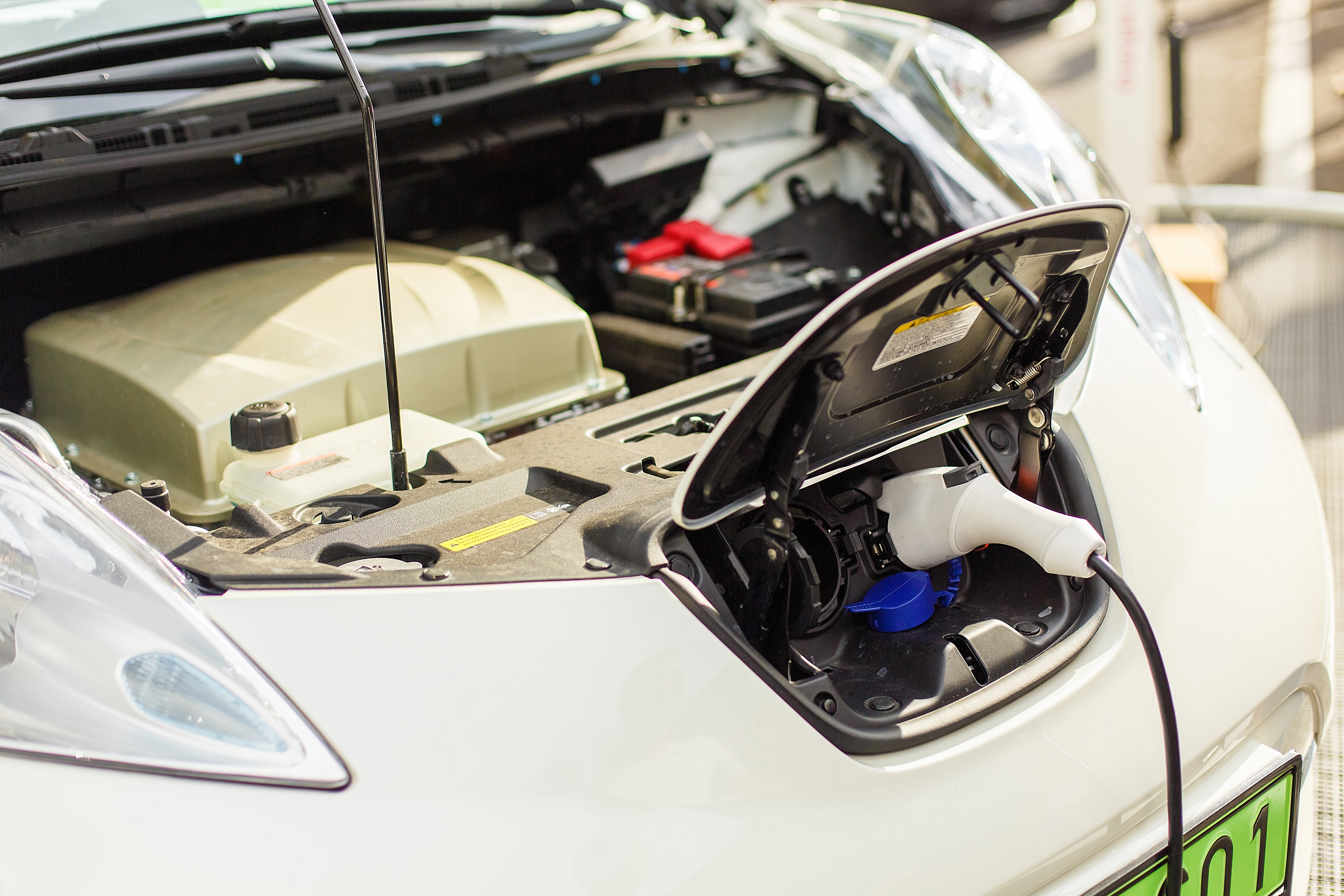Ford CEO Predicts Electric Vehicles to Achieve Cost Parity Post-2030
Published: 6.8.2023
Ford Chief Executive Jim Farley stated on Wednesday that electric vehicles (EVs) may not achieve cost parity with internal combustion engine (ICE) vehicles until after 2030. Speaking at an investor conference, Farley explained that EVs will continue to be more expensive than their ICE counterparts until the second and third-generation EVs enter production after 2025. However, between 2030 and 2035, Farley expects significant cost savings in EV manufacturing.

According to Farley, much of the cost reduction in EVs during that period will come from streamlined production processes and simpler vehicle architectures. As EV technology matures, automakers will be able to build vehicles with fewer components, resulting in lower labor costs and fewer parts required. Additionally, Farley anticipates that smaller batteries, made with cheaper materials, will be utilized, further reducing manufacturing expenses.
Moreover, the Ford CEO highlighted potential cost benefits related to distribution. Selling EVs online could result in lower distribution costs compared to traditional dealership models. Furthermore, Farley expressed optimism about generating higher revenue through new software-driven digital services associated with EVs.
The projection made by Farley aligns with the broader industry trend of EV cost reductions over time. As technology advances, economies of scale improve, and manufacturing processes become more efficient, the prices of EVs are expected to decrease. This cost parity between EVs and ICE vehicles is a significant milestone for the widespread adoption of electric mobility and the transition towards a sustainable transportation system.
While the timeline for achieving cost parity may extend beyond 2030, continued advancements in battery technology, manufacturing techniques, and infrastructure development will contribute to the long-term viability and affordability of EVs. Additionally, government incentives and regulations aimed at promoting sustainable transportation are likely to play a crucial role in accelerating the adoption of EVs and supporting the achievement of cost parity.
As automakers invest in research and development, collaborate with technology partners, and refine their manufacturing processes, the cost gap between EVs and ICE vehicles is expected to narrow. This will make electric mobility more accessible and appealing to a broader consumer base.
Jim Farley's insights provide valuable perspective on the trajectory of EV affordability and highlight the potential for significant cost reductions in the future. As the automotive industry continues to evolve, consumers can anticipate more competitive pricing, enhanced performance, and increased availability of electric vehicles.


.png)


